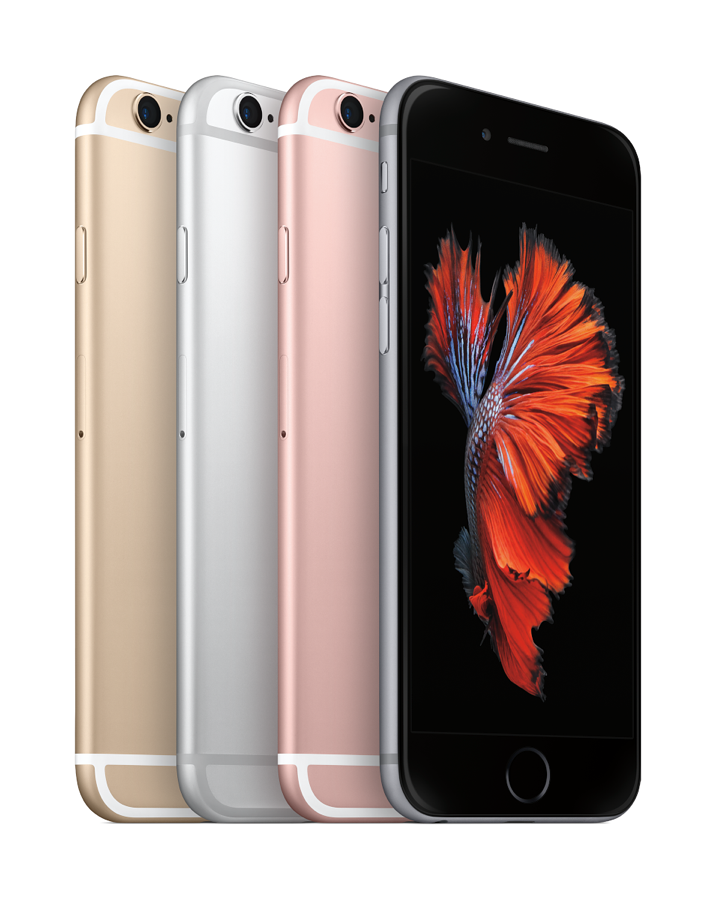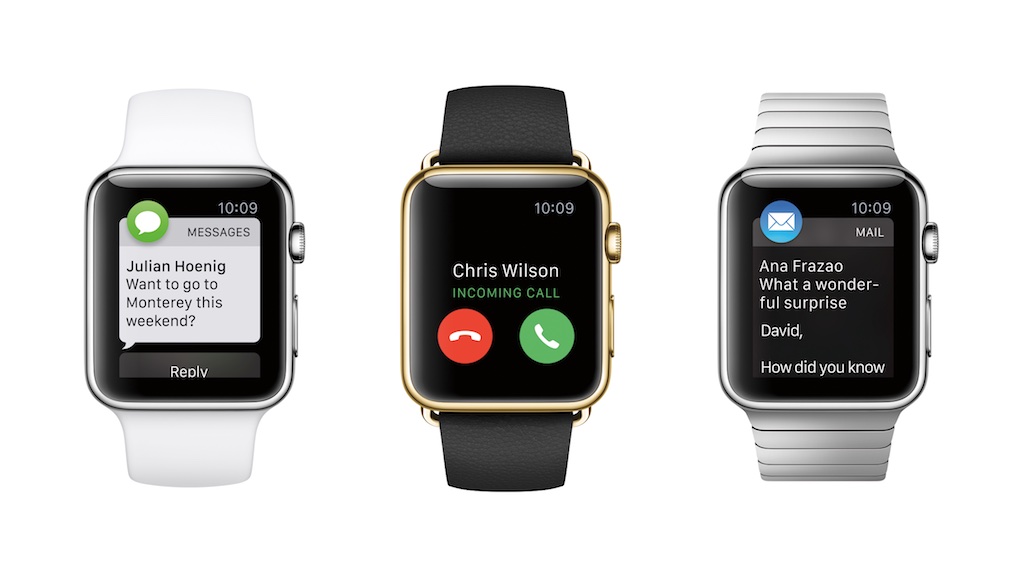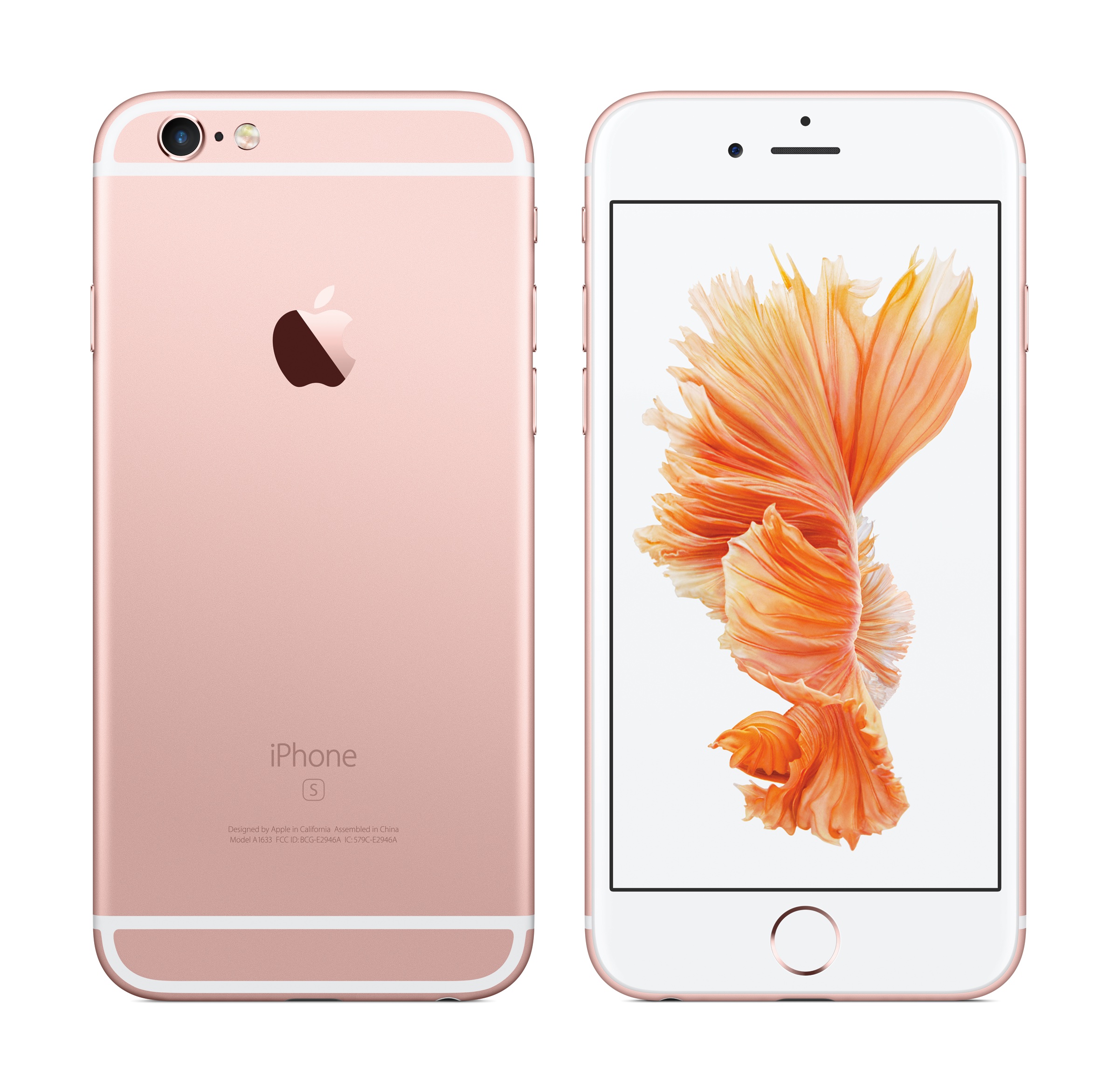Cassandra: Series 7000 Aluminum in iPhone 6 and iPhone 6s

AMITIAE - Monday 14 September 2015
|
Cassandra: Series 7000 Aluminum in iPhone 6 and iPhone 6s |
 |
|
|
By Graham K. Rogers
I was intrigued by an aside from Phil Schiller's during his presentation that the body of the iPhone 6s was made of 7000 aluminum (I will use the US term), a metal used in aerospace applications. The glass was also of a new type. While the body has the same shape, the iPhone 6s is no basic makeover.

iPhone 6s - Image Courtesy of Apple
Dante D'Orazio on The Verge, claims that this particular aluminum alloy "is primarily alloyed with zinc, compared to magnesium and silicon in 6000 series aluminum" (Aluminum 6061-T6) used in the iPhone 6. A comment on MacRumors by VinegarTasters back in November 2012, seems accurately to predict the use of the 7000-series alloy (specifically citing 7075).

Apple Watch Sports, Apple Watch Edition, Apple Watch - Image Courtesy of Apple
stronger than standard alloys. Yet it's very light, making it perfect for the most active lifestyles. It's also exceptionally pure, with a beautifully consistent appearance that's difficult to achieve with traditional aluminum alloys. Within that short description are several key factors that indicate why such a material would be developed and used by Apple: strength, lightness, purity, consistent appearance. The Watch also makes use of the Ion-X glass: aluminosilicate glass - the same material used in the windows of space shuttles and high-speed trains. Remember also that Apple created its own specific 18 karat gold for the top of the range Apple Watch Edition: a new alloy that's up to twice as hard as standard gold.

In an item from mid-August, Eric Slivka on MacRumors (with a less-sensational headline) also mentions the bending as a potential reason for the choice of 7000-series aluminum. Included in the article there is some valuable information on the composition, contained in a video the article links to. The alloy appears to include Aluminum, Magnesium, Iron (higher levels), Nickel and Zinc. There are also some interesting macro images of the shell and the anodised surface.
density
Corrosion of aluminum in a normal environment is relatively high, so it has to be anodised (matching the information in the MacRumors article). Overall, he thought it was a good gimmick and that the 6000-series was good enough. Locally, the 7000-series aluminium would cost in the region of 500 baht/Kg ($13.88); while pure aluminium is less than that: 200 baht/Kg ($5.55). Stainless steel is less, at 300 baht/Kg ($8.33). Manufacturing obviously puts the cost up - materials plus manufacturing costs - but it would also cost more to polish stainless steel. The method of producing the iPhone shell could possibly be thin-wall casting, or die-casting, but he speculated that the most probable way would be forging and machining. The comments in the MacRumors article suggested a combined casting and milling (machining) process.
In a more recent posting he speculates further that the alloy is 7003 and its use by Apple is probably wise (see also: "Aluminum 7003, Used in Roofing, May be Tapped by Apple for iPhone 6S/6S+").

iPhone 6s - Image Courtesy of Apple
However, the concern that Apple has with customer perceptions may have pushed Cupertino into choosing a slightly different material to allay anti-publicity about continued bending problems - by the laws of physics, if something is long enough and enough force is applied it will bend - along with the extra cachet of being able to claim that the latest aerospace materials are selected for its products.
See also:Cassandra: Apple Event (1) - Apple Watch and Watch OS 2Cassandra: Apple Event (2) - Crossing the Rubicon with iPads and Accessories Cassandra: Apple Event (3) - Apple TV: Good in Certain Areas Perhaps Cassandra: Apple Event (4) - iPhone 6s and iPhone 6s Plus: Desirable
Graham K. Rogers teaches at the Faculty of Engineering, Mahidol University in Thailand. He wrote in the Bangkok Post, Database supplement on IT subjects. For the last seven years of Database he wrote a column on Apple and Macs. He is now continuing that in the Bangkok Post supplement, Life. |
|

For further information, e-mail to
Back to
eXtensions
Back to
Home Page